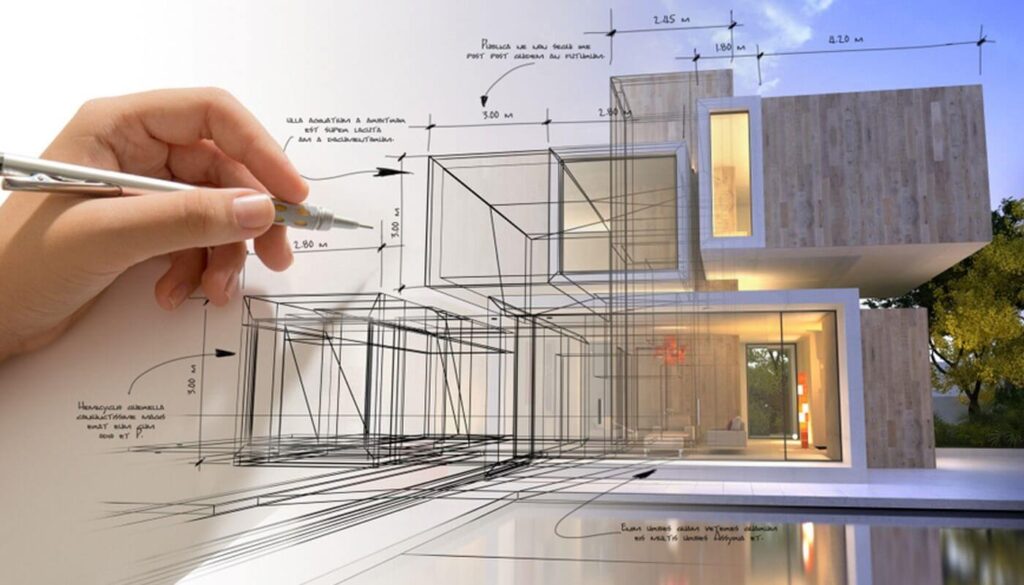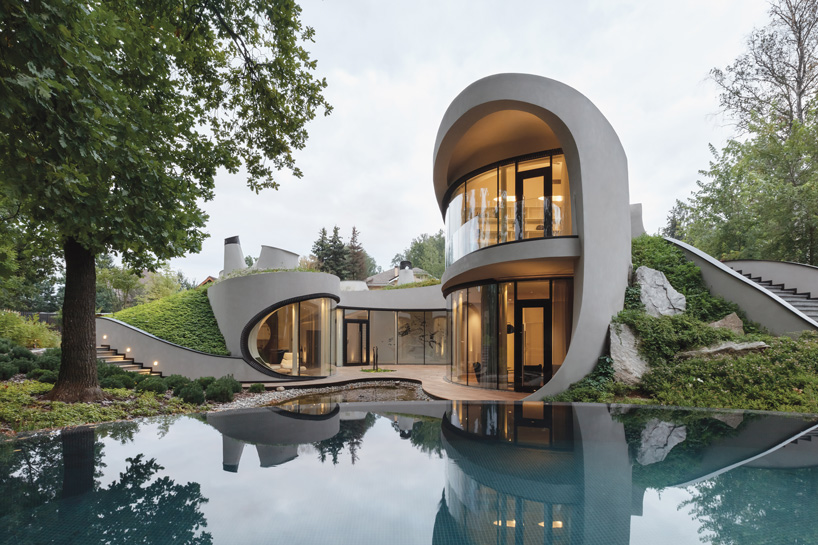The Creative Process Behind Effective Projects from CDA Architects
The Creative Process Behind Effective Projects from CDA Architects
Blog Article
A Detailed Review of Building Designs and Their Influence on Modern City Preparation and Advancement
Building styles have long offered as a mirror to the societal values and technical innovations of their time, playing an essential function in shaping modern city preparation and growth. From the magnificence of Neoclassicism to the practical method of Brutalism, each style has actually presented distinct ideas that affect metropolitan aesthetics and performance.

Historic Introduction of Architectural Designs
Throughout history, architectural designs have actually evolved in action to social, technological, and environmental variables. Each period reflects the prevailing worths, beliefs, and innovations of its time, leading to a rich tapestry of design that signifies human imagination and adaptation. The old human beings, such as the Egyptians and Greeks, developed foundational designs that stressed balance and proportion, offering both useful and aesthetic functions.
As societies transitioned via the Middle Ages, Gothic style arised, characterized by its verticality and elaborate outlining, mirroring the spiritual desires of the era. The Renaissance noted a revival of timeless suitables, combining art and style in innovative methods that affected succeeding styles throughout Europe.
The Industrial Revolution introduced new materials and construction techniques, motivating movements like Innovation, which challenged conventional types and embraced simpleness and functionality. The 20th century saw a diversity of designs, with Postmodernism reacting versus the raw minimalism of its precursor, incorporating historic references and eclectic aspects.
Today, building designs remain to progress, driven by globalization and sustainability issues, reflecting a dynamic interaction between heritage and technology (cda architects). This historic review underscores the relevance of style as a mirror of societal advancement and as a catalyst for metropolitan development
Key Architectural Styles Explained
The diversity of building styles reflects the myriad impacts that form our developed setting, each personifying unique characteristics and social importances. Key architectural designs include Timeless, Gothic, Baroque, Modernism, and Postmodernism, each representing special historic contexts and aesthetic ideologies.
Classic architecture, rooted in old Greece and Rome, stresses proportion, percentage, and making use of columns. On the other hand, Gothic style, thriving in the center Ages, is characterized by sharp arches, ribbed safes, and flying buttresses, creating an angelic high quality in basilicas. Baroque architecture, emerging in the 17th century, is marked by splendour, sophisticated decoration, and a dynamic interplay of light and darkness.
Innovation, which obtained energy in the very early 20th century, prioritizes feature over kind, making use of brand-new materials like steel and glass to produce minimal frameworks. Postmodernism, reacting versus the austerity of Innovation, welcomes eclecticism and historical recommendation, often integrating playful elements and paradox.
Understanding these this styles provides understanding into the social narratives and technical advancements of their particular ages, highlighting just how style offers not equally as a sanctuary, however as a reflection of social values and aspirations.
Effect On Urban Planning
In forming the advancement of cities, architectural designs substantially influence metropolitan preparation decisions. The option of architectural design commonly dictates the looks, functionality, and general character of city settings.
Additionally, building styles can influence zoning regulations and land utilize policies. Urban planners must consider the dominating building trends when creating districts, making sure that brand-new developments integrate with existing structures. This consideration fosters natural city landscapes and enhances area identification.
The implementation of certain building designs can additionally affect socioeconomic factors within a city. Premium contemporary layouts might draw in upscale locals and organizations, leading to gentrification, while more budget-friendly housing services may prioritize sensible and sustainable layouts to accommodate varied populaces. Ultimately, the interaction in between building designs and metropolitan preparation creates vibrant cities that show both historical context and contemporary needs, shaping the lived experiences of their residents.
Sustainability and Modern Style

Contemporary architectural motions, such as biophilic style and eco-friendly architecture, advocate for structures that integrate with their environments, making use of all-natural materials and promoting biodiversity. These styles usually include renewable resource resources, such as solar panels and wind generators, to minimize reliance more tips here on fossil gas and reduced carbon impacts.
Additionally, the assimilation of sophisticated innovations, such as wise building systems, enhances energy monitoring, optimizing resource usage webpage while making sure resident comfort. Innovative water management strategies, including rainwater harvesting and greywater recycling, further add to sustainable city atmospheres.
Significantly, sustainability expands past environmental concerns; it encompasses social and financial measurements. By fostering community wellness and promoting inclusivity, modern architectural designs line up with sustainable advancement goals. Consequently, the evolution of building methods remains to shape resistant cities that not just fulfill the needs of today however additionally protect the future for generations to come.
Community Engagement in Design
Area interaction in layout serves as a critical bridge in between engineers and the populaces they offer, ensuring that the constructed environment mirrors the requirements and desires of its users. This collaborative procedure invites neighborhood members to contribute their insights and preferences, promoting a sense of possession and duty towards the areas they populate.
Reliable community involvement uses numerous methods, such as workshops, studies, and public discussion forums, to gather varied viewpoints. These approaches assist in a two-way discussion, allowing designers to comprehend regional contexts while equipping citizens to voice their worries and desires. This inclusivity not only improves the style high quality however additionally advertises social equity by attending to the special obstacles dealt with by marginalized teams.
Additionally, area engagement can lead to cutting-edge options that could not emerge in a standard layout procedure. By incorporating regional expertise and social values, architects can develop rooms that reverberate even more deeply with individuals, boosting use and sustainability. Ultimately, focusing on neighborhood involvement in design procedures leads to environments that support social communications, assistance wellness, and strengthen area connections, thus playing a pivotal function in shaping modern-day city landscapes.
Conclusion
Architectural styles have actually greatly affected modern city preparation and advancement, reflecting developing social and technical contexts. As cities continue to grow and adapt, the recurring discussion between architectural heritage and modern layout principles will stay essential in creating comprehensive, lively areas that enhance high quality of life and advertise social equity.
Report this page